Politics
Trump says US struck another alleged Venezuelan drug vessel, killing three

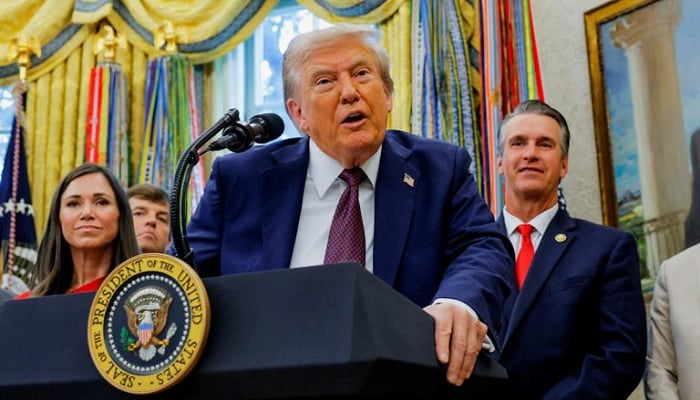
- Second strike against alleged Venezuelan drug cartels this month.
- Military action comes amid large US military buildup in region.
- Maduro alleges US is hoping to drive him out of power.
President Donald Trump said on Monday that the US military carried out a strike on an alleged Venezuelan drug cartel vessel heading to the United States, the second such strike carried out against a suspected drug boat in recent weeks.
He said three men were killed in the strike, adding that it occurred in international waters. Trump provided no evidence for his assertion that the boat was carrying drugs.
“This morning, on my Orders, US Military Forces conducted a SECOND Kinetic Strike against positively identified, extraordinarily violent drug trafficking cartels and narcoterrorists in the SOUTHCOM area of responsibility,” Trump said in a post on Truth Social.
“These extremely violent drug trafficking cartels POSE A THREAT to US National Security, Foreign Policy, and vital US Interests,” Trump said. US Southern Command (SOUTHCOM) is the military’s combatant command which encompasses 31 countries through South and Central America and the Caribbean.
The post also included a nearly 30-second video, with markings of “Unclassified” on the top, which appeared to show a vessel in a body of water exploding and then on fire.
Later on Monday, Trump said that “we have proof, all you have to do is look at the cargo that was … spattered all over the ocean, big bags of cocaine and fentanyl.”
Reuters conducted initial checks on the video with an AI detection tool, but the video was partly blurred, making it impossible to confirm if the video was manipulated.
However, thorough verification is an ongoing process, and Reuters will continue to review the footage as more information becomes available.
The Venezuelan communications ministry did not immediately respond to a request for comment.
The latest strike comes amid a large US military buildup in the southern Caribbean. Five US F-35 aircraft were seen landing in Puerto Rico on Saturday after the Trump administration ordered 10 of the stealth fighters to join the buildup.
There are also at least seven US warships in the region, along with one nuclear-powered submarine.
Sustained campaign?
Trump, speaking with reporters on Monday, suggested operations could be carried out on land against suspected drug smugglers.
“When they come by land, we’re going to be stopping them the same way we stopped the boats,” Trump said. “But maybe by talking about it a little bit, it won’t happen.”
Earlier this month, US Defense Secretary Pete Hegseth told sailors and Marines on a warship off Puerto Rico that they were not deployed to the Caribbean for training but instead sent to the “front lines” of a critical counter-narcotics mission.
On Monday, Hegseth, in a post on X, suggested an expansive mission for the US military against drug traffickers: “We will track them, kill them, and dismantle their networks throughout our hemisphere — at the times and places of our choosing.”
Trump has ordered the Department of Defense to rename itself the Department of War, a change that will require action by Congress. The new name would apply to Hegseth as well, altering his title to “Secretary of War.”
Hours before Trump’s post, Venezuelan President Nicolas Maduro said that recent incidents between his country and the United States were an “aggression” by the US and that communications between the two governments had largely ended.
The Trump administration has provided scant information about the first strike on September 2, despite demands from US lawmakers that the government justify the action. It has been alleged that those on board were members of the Venezuelan gang Tren de Aragua, and said 11 people were killed.
The Pentagon has not publicly said what type of drugs the boat was carrying or how much, or even what type of weapons were used to carry out the strike.
US officials, speaking on condition of anonymity, have told Reuters that the boat hit on September 2 appeared to be turning around when it was hit, a fact that has raised questions among some legal experts about the legality of the strike.
Trump shared a video at the time of that first strike that appeared to show a speedboat exploding at sea. A Venezuelan official later suggested that the video was created with artificial intelligence.
A Reuters review of that video’s visual elements using a manipulation detection tool did not show evidence of manipulation.
The Venezuelan government, which says it has deployed tens of thousands of troops to fight drug trafficking and defend the country, has said none of the people killed in the first strike belonged to Tren de Aragua.
Maduro has repeatedly alleged the US is hoping to drive him from power.
Last month, the United States doubled its reward for information leading to the arrest of Maduro to $50 million, accusing him of links to drug trafficking and criminal groups.
The decision to blow up a suspected drug vessel instead of seizing the vessel and apprehending its crew is highly unusual.
Under the Constitution, the power to declare war belongs to Congress, but the president is the commander-in-chief of the armed forces and presidents of both parties have conducted military strikes overseas without congressional approval.
Politics
Blaze at Mexico store kills 23, including children
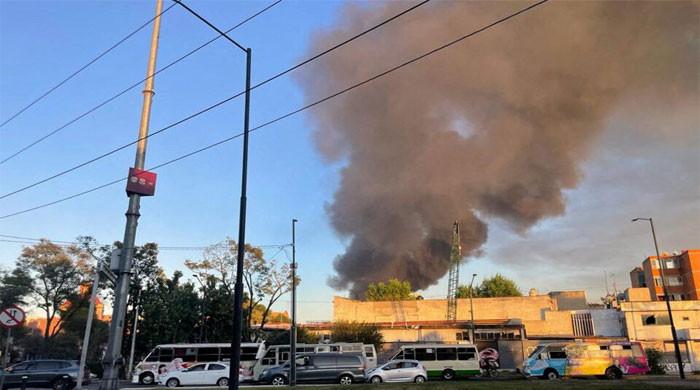
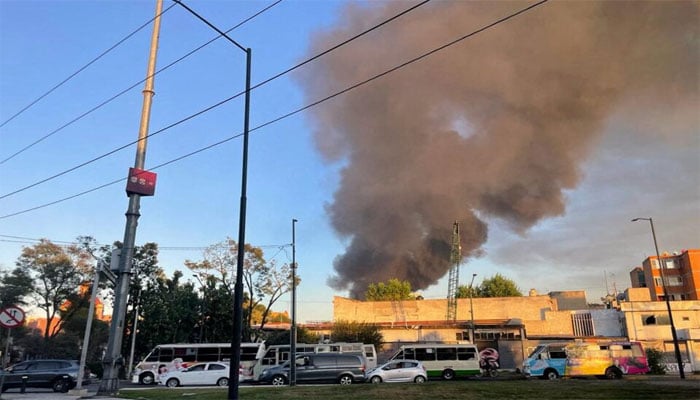
- Governor Durazo orders probe; children among the dead.
- President Sheinbaum sends aid teams, offers condolences.
- Cause of the fire, now doused, still unclear.
MEXICO CITY: A festive holiday weekend turned tragic for families in northwestern Mexico on Saturday when a deadly blaze engulfed a discount store in the city centre of Hermosillo, killing at least 23 people and injuring a dozen.
Mexico is celebrating the Day of the Dead this weekend with colourful festivities in which families honour and remember deceased loved ones.
“I have ordered a thorough and transparent investigation to clarify the causes of the accident,” Alfonso Durazo, governor of the state of Sonora, home to the city, said in a video on social media, adding that children were among the victims.
Most of the deaths appeared to have been from inhalation of toxic gases, said Gustavo Salas, the state’s attorney general, citing its forensic medical service.
“My heartfelt condolences to the families and loved ones of those who lost their lives,” President Claudia Sheinbaum said in a post on X, adding that she had directed support teams to be sent to help victims’ families and the injured.
Sonora’s Red Cross said its 40 staff and 10 ambulances joined in the effort, making six trips to the hospital.
The cause of the fire, now doused, was still unclear, though some media blamed an electrical failure. City officials said the store, part of the popular discount chain Waldo’s, was not the target of an attack.
The chief of the city’s firefighters said it was still being investigated whether there was an explosion.
Politics
India’s Cloud Seeding Trials Criticized as ‘Costly Spectacle’
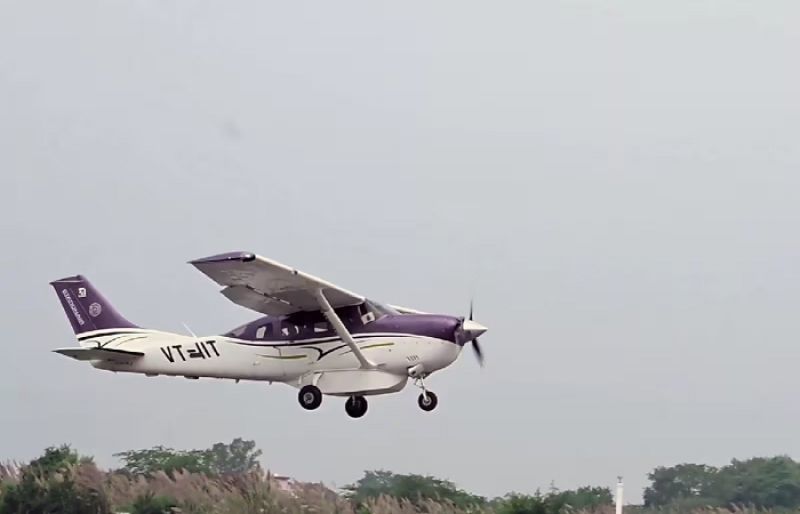

India’s attempt to tackle New Delhi’s toxic air by using cloud seeding appears to have produced disappointing results, with scientists and activists questioning whether the costly experiment was worth it.
Cloud seeding — a process in which aircraft spray particles such as silver iodide or salt into clouds to induce rainfall is intended to help wash pollutants out of the atmosphere.
Authorities in Delhi, in collaboration with the Indian Institute of Technology (IIT) Kanpur, began the trials last week using a Cessna aircraft over parts of the capital.
However, officials said the initial tests yielded minimal rainfall due to limited cloud cover.
“This will never do the job it’s an illusion,” said environmental activist Bhavreen Kandhari. “We can only control air pollution by addressing its sources, not by chasing clouds.”
Local media reported that the government has spent around $364,000 on the project so far.
Each winter, a thick blanket of smog envelops Delhi and its 30 million residents, as cold air traps emissions from vehicle exhaust, factory smoke, and crop burning in nearby states.
Despite various government efforts including vehicle restrictions, anti-smog towers, and mist-spraying trucks Delhi consistently ranks among the world’s most polluted capitals.
Following the latest cloud seeding attempt, levels of PM2.5 the fine particles linked to heart and lung disease reached 323 micrograms per cubic meter, over 20 times the World Health Organization’s safe daily limit.
A study published in The Lancet Planetary Health last year estimated that 3.8 million deaths in India between 2009 and 2019 were associated with air pollution exposure.
Questions also remain about the environmental impact of cloud seeding chemicals.
The U.S. Environmental Protection Agency (EPA) says limited research suggests silver iodide poses little risk to human health or the environment, but acknowledges that the long-term effects of widespread use remain unclear.
Research process
Environmental activists say even if cloud seeding produces rain, the benefits are short-lived.
Climate scientist Daniele Visioni at Cornell University said it was unclear how efficient it was in heavy polluted conditions.
“It can’t create rain where there is no moisture in the air, but it just ‘forces’ some of the water to condense in one location rather than another,” he told AFP.
“There is only one thing that can sensibly reduce pollution: avoiding the burning of fossil fuels.”
Virendra Sachdeva, from Delhi’s ruling Bharatiya Janata Party (BJP), said it was too early to dismiss the cloud seeding experiment as a “scientific failure”.
“It is a part of the research process, and success is not always achieved in the first attempt,” he told reporters.
However, two atmospheric scientists at IIT Delhi called the cloud seeding plan “another gimmick”.
“It is a textbook case of science misapplied and ethics ignored,” Shahzad Gani and Krishna Achutarao wrote in The Hindu newspaper.
Mohan George, from the Delhi-based Centre for Science and Environment, said artificial rain was not the answer.
“The levels of pollution will come back almost immediately as rain stops,” the scientist told AFP.
When it does work, it will increase precipitation in one area — while potentially decreasing it for another.
Costly spectacle
Cloud seeding, first developed in the 1940s, has been used in various countries to induce rain, clear fog, and reduce drought, but with mixed results.
China used it during the 2008 Beijing Olympics in an attempt to control the weather.
Gani and Achutarao said Delhi’s pollution causes — unchecked emissions and seasonal crop burning — are well known.
So too are the solutions cleaner fuel, better waste management and stricter enforcement of rules.
“Instead of reinforcing these priorities, parts of the scientific ecosystem researchers, advisors, and institutions — are lending credibility to a costly spectacle that will do little to address the sources of the crisis,” they said.
Politics
Two arrested after multiple people stabbed on UK train, police say


- Police called after reports of train stabbings.
- Senior officials inform armed cops enter train.
- Eyewitnesses say one suspect tasered by police.
Multiple people were taken to the hospital after a series of stabbings on a train near Cambridge in eastern England on Saturday, and two men have been arrested, in what Prime Minister Keir Starmer called an “appalling incident.”
British police and ambulance services said several people had been stabbed on the train, which stopped at Huntingdon, with armed officers seen entering the train in videos on social media.
Cambridgeshire police said they were called at 1939 GMT after reports that multiple people had been stabbed on a train.
“Armed officers attended and the train was stopped at Huntingdon, where two men were arrested. A number of people have been taken to hospital,” the police said in a statement.
The East of England Ambulance Service said it mobilised a large-scale response to Huntingdon Railway Station, which included numerous ambulances and critical care teams, including three air ambulances.
“We can confirm we have transported multiple patients to hospital,” it said.
One eyewitness told Sky News that one of the suspects, waving a large knife, was tasered by police.
PM Starmer posted on X that the incident was “deeply concerning.”
“My thoughts are with all those affected, and my thanks go to the emergency services for their response,” he said.
-
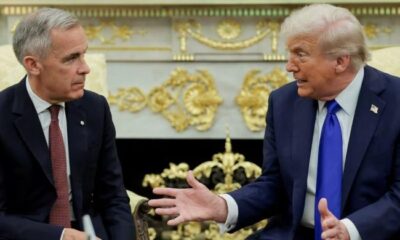
 Politics1 week ago
Politics1 week agoTrump slams ‘dirty’ Canada despite withdrawal of Reagan ad
-
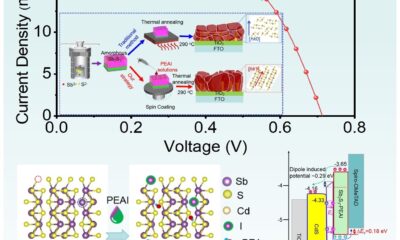
 Tech1 week ago
Tech1 week agoDefect passivation strategy sets new performance benchmark for Sb₂S₃ solar cells
-
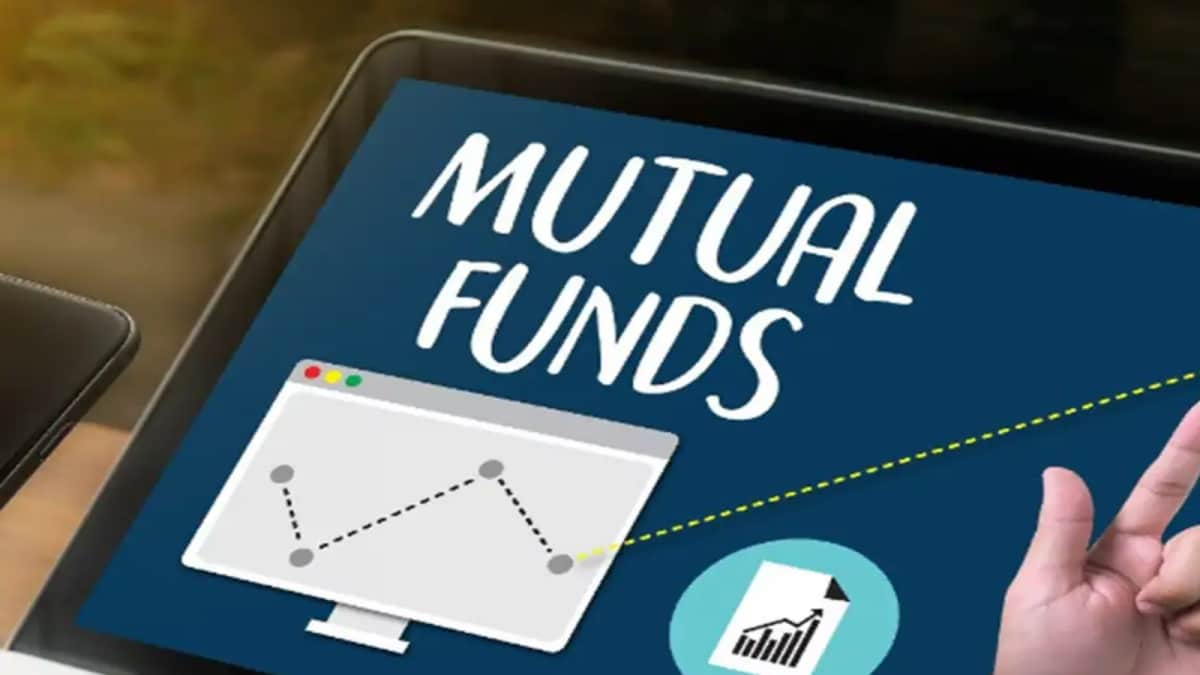
 Business1 week ago
Business1 week ago47.7% of Mutual Fund Assets Now Invested Directly, ICRA Analytics Says
-
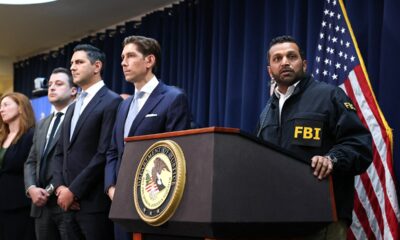
 Sports1 week ago
Sports1 week agoAlleged mob ties in NBA scandal recall La Cosa Nostra’s long shadow over sports
-

 Fashion1 week ago
Fashion1 week agoModerate momentum defines global fashion’s Q2 2025 results
-
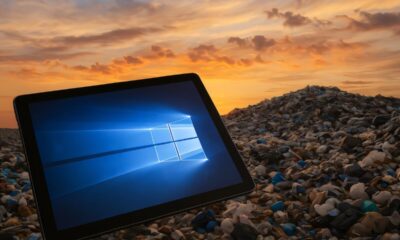
 Tech1 week ago
Tech1 week agoMicrosoft removing support for Windows 10 could increase e-waste, cybersecurity threats
-

 Tech1 week ago
Tech1 week agoHow Data Centers Actually Work
-
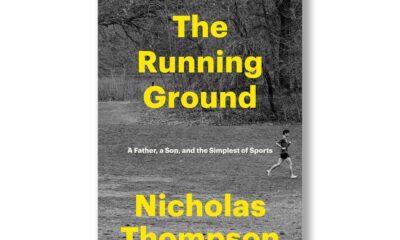
 Entertainment1 week ago
Entertainment1 week agoBook excerpt: “The Running Ground” by Nicholas Thompson





